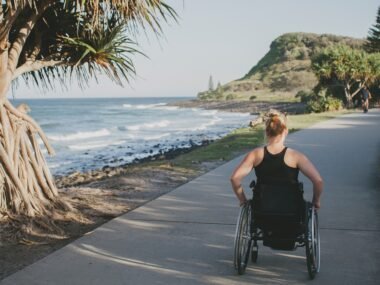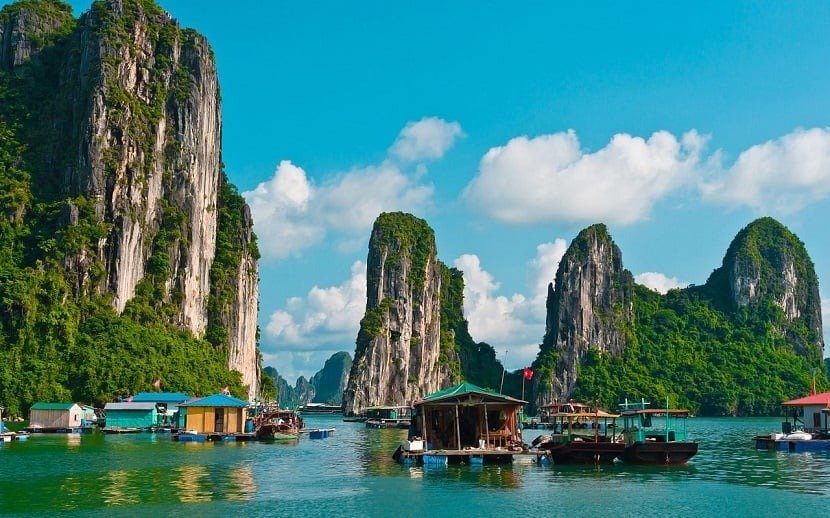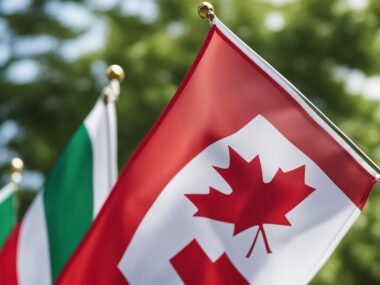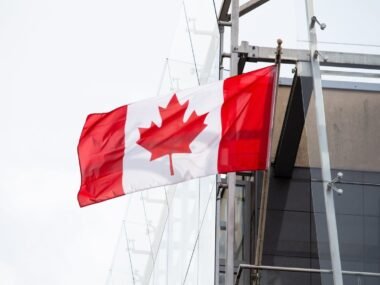Travel Photography Gear Recommendations for Beginners on a Budget
Traveling and photography go hand in hand, capturing the beauty of different places and moments in time. If you’re a beginner photographer eager to explore the world while honing your skills, finding the right gear on a budget can be a game changer.
Let’s dive into some essential travel photography gear recommendations tailored for beginners who are mindful of their budget.
Camera Body: Entry Level DSLR or Mirrorless
Choosing the right camera body is crucial, as it forms the foundation of your photography gear. For beginners, entry level DSLR or mirrorless cameras offer a perfect balance of performance and affordability. Cameras like the Canon EOS Rebel T7 or the Nikon D3500 provide excellent image quality and versatility without breaking the bank.
Lenses: Versatile Kit Lens and Prime Lens
Investing in lenses is as important as your camera body. Start with a versatile kit lens (18 55mm for DSLRs) for wide angle and zoom capabilities. Additionally, consider adding a prime lens (e.g., 50mm f/1.8) for sharper images, beautiful bokeh and low light performance, ideal for portraits and artistic shots.
Tripod: Stability for Sharper Shots
A tripod is a must have for travel photographers ensuring stability and sharpness in your images especially in low light conditions or long exposures. Look for lightweight and compact tripods like the Manfrotto Compact Action Tripod, perfect for traveling without adding significant weight to your gear.
Camera Bag: Protection and Convenience
Protecting your gear while traveling is essential. Invest in a durable and padded camera bag that can accommodate your camera body, lenses, tripod and accessories. Brands like Lowepro and Case Logic offer budget friendly options with compartments for organized storage.
Memory Cards: Storage and Speed
Never underestimate the importance of reliable memory cards for storing your captured moments. Opt for SD cards with sufficient storage capacity (32GB or higher) and fast write speeds to handle continuous shooting and high resolution files ensuring you never miss a shot.
Spare Batteries and Charger: Extended Shooting Sessions
Traveling often means being away from power outlets for extended periods. Always carry spare batteries and a charger compatible with your camera model to avoid missing opportunities due to a drained battery. Generic or third party batteries can be cost effective alternatives.
Lens Filters: Enhancing and Protecting Your Shots
Lens filters can significantly improve your photography by enhancing colors, reducing glare and protecting your lenses from scratches and dust. Start with essential filters like UV filters for lens protection and polarizing filters for landscape photography, gradually expanding your collection based on your needs.
Cleaning Kit: Maintaining Your Gear
Keeping your gear clean is essential for optimal performance and longevity. Invest in a basic cleaning kit with a lens cloth, brush, air blower and sensor swabs to remove dust, fingerprints and debris ensuring your photos remain sharp and free from artifacts.
Smartphone with Editing Apps: Versatile Backup
While not strictly camera gear, a smartphone with photography apps can serve as a versatile backup for capturing moments on the go. Explore apps like Adobe Lightroom Mobile or Snapseed for editing and enhancing your photos directly from your phone offering flexibility and convenience.
Learning Resources: Improve Your Skills
Investing in learning resources such as photography books, online courses and workshops can significantly accelerate your growth as a photographer. Platforms like Udemy, CreativeLive and YouTube offer a wealth of tutorials covering everything from camera basics to advanced photography techniques.
Frequently Asked Questions (FAQs)
Q1: Can I start with a compact camera instead of a DSLR or mirrorless?
While compact cameras are convenient and often budget friendly, they may have limitations in terms of image quality, manual controls and interchangeable lenses compared to DSLR or mirrorless cameras. If photography is a serious hobby or potential career path, investing in a DSLR or mirrorless camera provides more room for growth and creativity.
Q2: How important is post processing in travel photography?
Post processing plays a significant role in enhancing and refining your travel photos. While capturing a great shot is essential, editing allows you to fine tune colors, exposure and composition, bringing out the best in your images. Learning basic editing techniques can elevate your photography to the next level.
Q3: Are third party lenses and accessories worth considering for beginners?
Yes, third party lenses and accessories can offer great value for beginners on a budget. Brands like Sigma, Tamron and Rokinon provide quality lenses at competitive prices, expanding your options without compromising on performance. However ensure compatibility and read reviews before making purchases.
Q4: How can I protect my gear while traveling?
Protecting your gear while traveling involves several precautions. Use a padded camera bag for storage, invest in lens filters for protection, carry a cleaning kit to maintain your equipment and consider travel insurance that covers camera gear in case of loss, theft or damage during your journeys.
Q5: Is it necessary to upgrade gear frequently?
While upgrading gear can offer improved features and performance, it’s not always necessary especially for beginners. Focus on mastering your current gear, understanding its capabilities and developing your skills as a photographer. Upgrades can be considered when your equipment no longer meets your evolving needs or creative aspirations.
Embarking on a journey as a travel photographer on a budget is entirely feasible with the right gear and mindset.
By carefully selecting essential equipment, continuously learning and practicing and embracing creativity, you can capture stunning moments and stories from your travels while staying within your budget constraints. Happy shooting!










